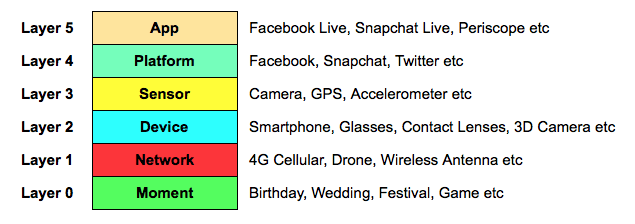Novelist Cormac McCarthy once told Oprah, "If you write properly you shouldn’t have to punctuate."
McCarthy rations his use of “weird little marks" strictly.
“I believe in periods, in capitals, in the occasional comma, and that’s it.”
McCarthy adopted his unusual technique while in college, where a professor asked him to Americanize the punctuation of the a bunch of 18th century essayists for a planned anthology.
Before the 20th century, most writers overused punctuation when writing for publication (though not in private letters and journals).
Contemporary punctuation is clean—and easily mastered. Strunk and White, in fact, cover the basics in just four "elementary rules."
But effective punctuation means more than avoiding "weird little marks."
Copywriter Herschell Gordon Lewis says punctuation is vital to credibility.
He believes there's a "psychology of punctuation" every writer should heed:
- Question marks are "interactive," involving readers automatically
- Quotation marks around a term say you appreciate its novelty—and help readers accept the unfamiliar
- Decimal places in a price ($49.99) lower the perceived value of the product
- An exclamation point doesn't make a true statement any more true; and two or more signal that your excitement is phony
- Colons have force: they push readers onward
- An asterisk suggests you're lying
- A dash is stronger than an ellipsis
- Commas clarify a series, making the "Oxford comma" is a must








